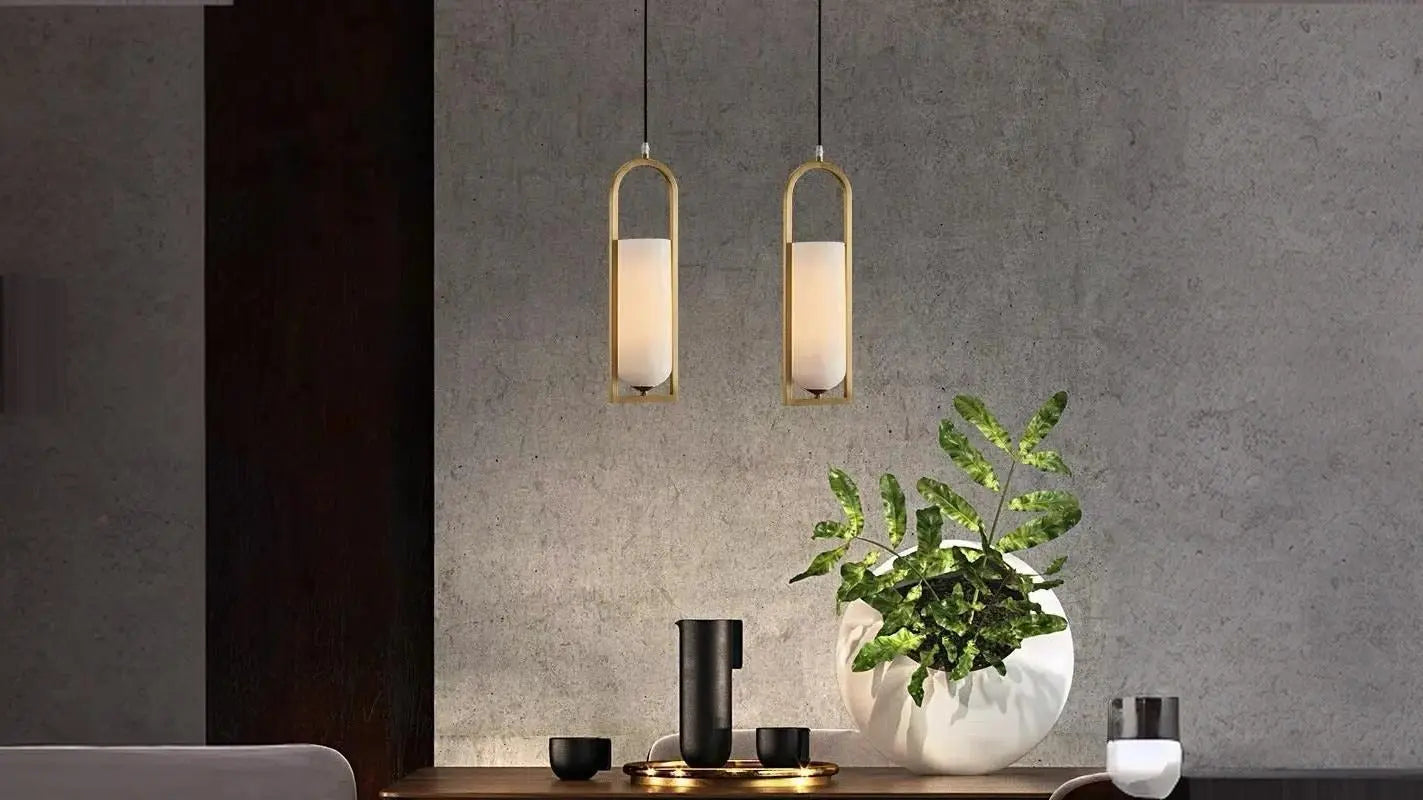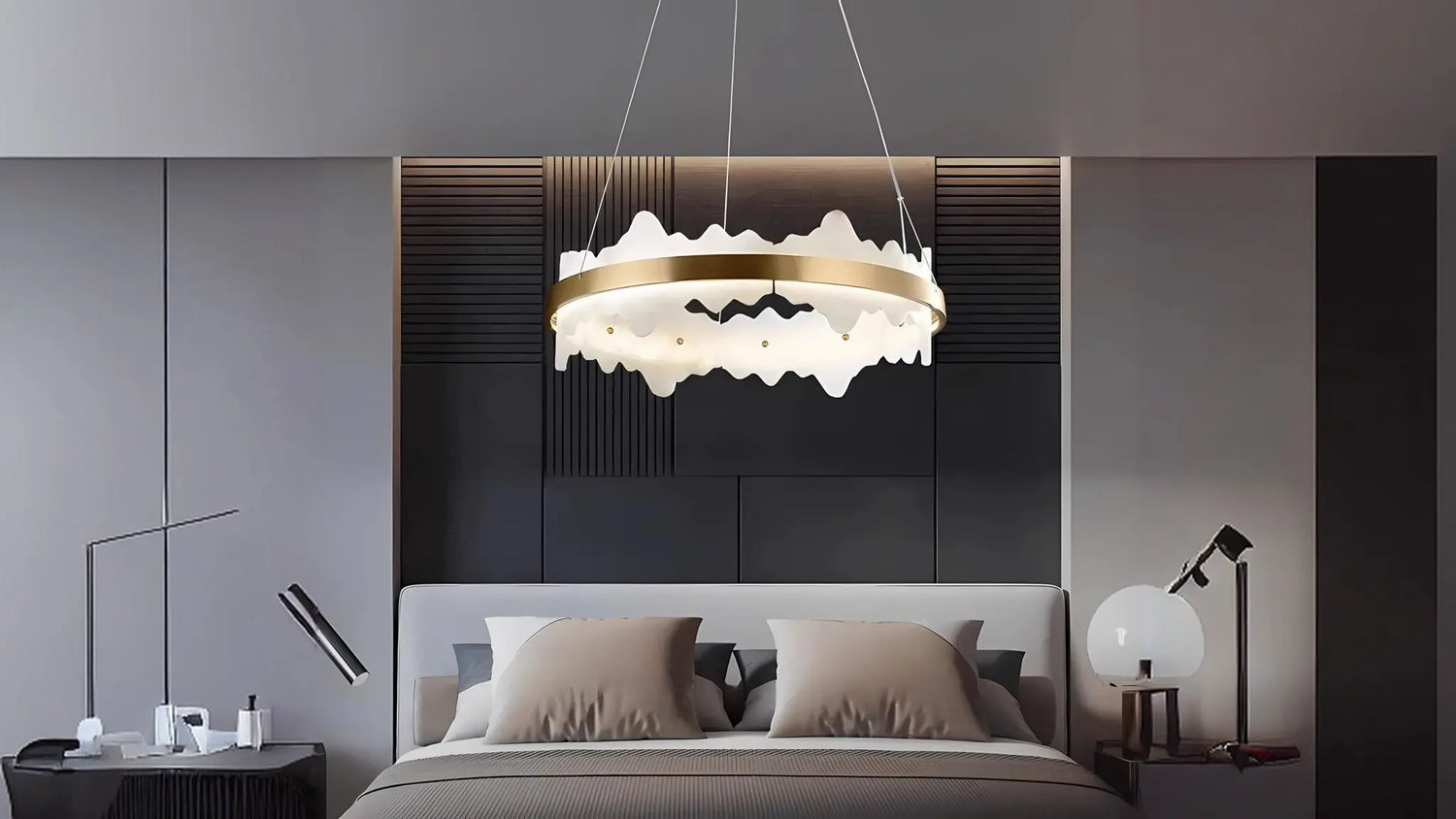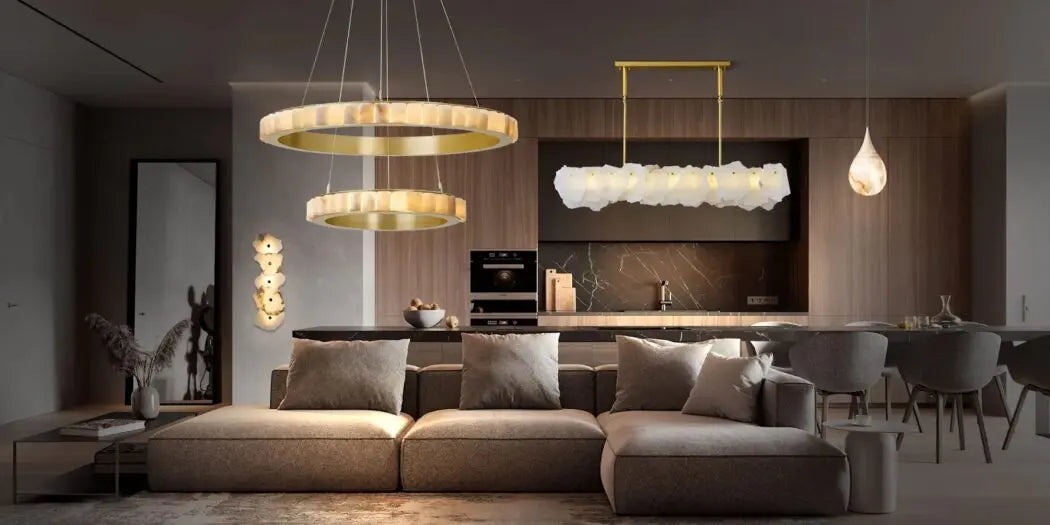Selecting the perfect lighting fixture for your dining room is essential for creating the desired ambiance and enhancing the overall aesthetic appeal of the space. Among the various options available, the placement of modern dining room chandelier is a crucial decision that can significantly impact the atmosphere and functionality of the room. In this article, we delve into the debate of whether dining room chandelier lights should face up or down, considering both practicality and design aesthetics.
Understanding the Functionality
Before exploring the aesthetics of chandelier light placement, it's important to understand the practical aspects of how lighting functions in a dining room setting. The primary purpose of a chandelier in the dining room is to provide adequate illumination for dining activities while also serving as a focal point or decorative element.
1. Facing Up: Chandelier lights facing upward offer a softer, more diffused illumination that creates an inviting and ambient atmosphere in the dining room. This upward direction of light can also help to accentuate the architectural features of the ceiling, adding visual interest to the space. Additionally, facing the lights upward reduces glare and harsh shadows, contributing to a more comfortable dining experience.
2. Facing Down: On the other hand, chandelier lights facing downward provide more direct and focused illumination onto the dining table. This orientation is particularly beneficial for tasks such as dining, reading, or playing games at the table, as it ensures adequate brightness for these activities. Furthermore, a downward-facing chandelier can create a sense of intimacy and coziness, especially when paired with a dimmer switch to adjust the brightness according to different occasions.

Considerations for Modern Dining Rooms
In modern dining room designs, the choice between facing chandelier lights up or down often depends on the overall style and ambiance desired. For contemporary or minimalist interiors, upward-facing chandeliers can complement clean lines and minimalist aesthetics, contributing to an understated elegance. Conversely, in spaces with a more traditional or classic decor, downward-facing chandeliers may align better with the timeless charm and sophistication of the room.
Personal Preference and Balance
Ultimately, the decision of whether dining room chandelier lights should face up or down boils down to personal preference and the specific needs of the space. Some homeowners may prioritize aesthetics and ambiance, while others may prioritize functionality and task lighting. Striking a balance between these factors is key to achieving the desired atmosphere and functionality in the dining room.
Conclusion
When it comes to modern dining room chandelier, the debate of whether lights should face up or down is subjective and depends on various factors such as style, functionality, and personal preference. Whether you opt for upward-facing or downward-facing chandelier lights, the goal is to create a harmonious balance between aesthetics and functionality while enhancing the overall ambiance of the dining space. By carefully considering these factors, you can select the perfect chandelier lighting arrangement that elevates your dining experience to new heights. Check out Fabtiko for modern lighting solutions at home, where we bring you the finest alabaster lighting and stylish designs. Trust us to illuminate your space with sophistication and flair!
You love our content, we love you back! Enjoy 20% off orders over $2000 with code LoveFabtiko. Share your favorite piece and let's connect!





